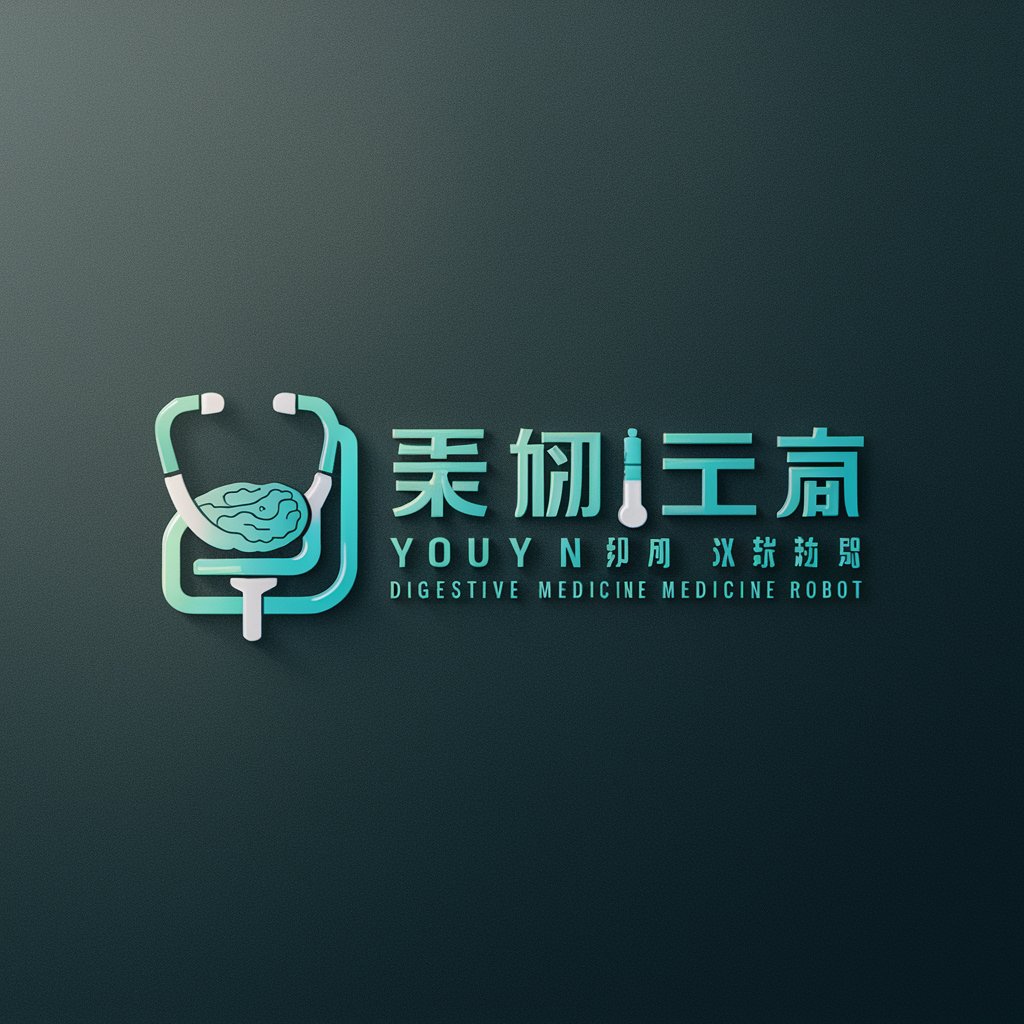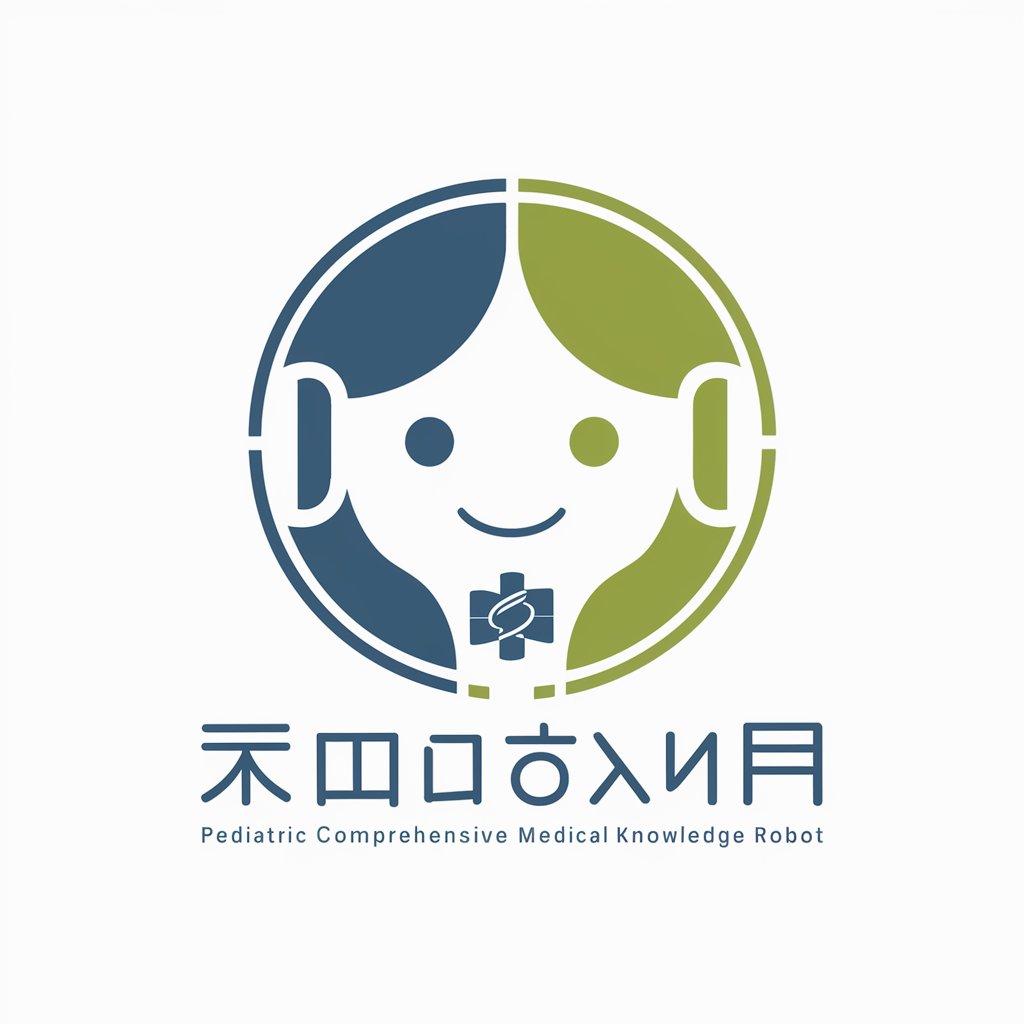
优云康免疫组织化学检查室机器人 - Immunohistochemical Analysis AI

Welcome to Youyun Kang Immunohistochemistry Lab's professional advisory service.
Empowering Pathology with AI Insights
Explain the role of immunohistochemistry in diagnosing cancer.
Describe the process of preparing a tissue sample for immunohistochemical analysis.
What are the common markers used in immunohistochemistry for detecting breast cancer?
How can immunohistochemistry help in differentiating between different types of tumors?
Get Embed Code
Overview of 优云康免疫组织化学检查室机器人
The 优云康免疫组织化学检查室机器人 is designed specifically to serve as an expert system in the field of immunohistochemistry within a clinical laboratory setting. Its primary purpose is to assist healthcare professionals by providing detailed analyses, interpretations, and suggestions based on immunohistochemical data. For instance, the robot can analyze staining patterns and intensities in tissue samples to help determine the presence and extent of certain diseases, such as cancer. This includes interpreting complex biomarker data and offering insights on potential therapeutic approaches, enhancing the diagnostic accuracy and treatment planning. Powered by ChatGPT-4o。

Core Functions of 优云康免疫组织化学检查室机器人
Disease Analysis
Example
Analyzing HER2/neu overexpression in breast cancer tissues
Scenario
When a breast cancer tissue sample is examined, the robot assesses the level of HER2/neu protein expression. High levels often indicate aggressive cancer, and this analysis aids in determining suitable targeted therapies such as trastuzumab.
Symptom Interpretation
Example
Interpreting the significance of PD-L1 expression in lung cancer
Scenario
The robot evaluates PD-L1 expression levels, which are critical for immunotherapy eligibility. It provides a quantitative analysis that helps oncologists decide if patients will benefit from treatments like pembrolizumab.
Medical Suggestions
Example
Recommendation of immunotherapy based on biomarker status
Scenario
Based on the combined analysis of multiple biomarkers in a melanoma tissue sample, the robot suggests the most effective immunotherapeutic agents, supporting personalized medicine approaches.
Target User Groups for 优云康免疫组织化学检查室机器人
Oncologists
Oncologists benefit from detailed biomarker analyses and therapeutic suggestions, aiding in the customization of cancer treatment plans based on individual patient profiles.
Pathologists
Pathologists utilize the robot for precise interpretations of immunohistochemical stains, which are crucial for accurate diagnosis and disease staging, streamlining workflow in histopathology labs.
Research Scientists
Researchers in biomedical fields use the robot to analyze experimental data, exploring new biomarkers and their implications in disease mechanisms and therapy development.

Usage Guidelines for Youyun Kang Immunohistochemistry Lab Robot
Step 1
Visit yeschat.ai to start using the robot for free without needing to log in or subscribe to ChatGPT Plus.
Step 2
Select the specific analysis or query type you need assistance with from the available options on the platform.
Step 3
Input the necessary medical data or information relevant to your query, such as pathology slides, biomarker details, or patient history.
Step 4
Review the generated report or results provided by the robot, which includes detailed immunohistochemical analyses and interpretations.
Step 5
Utilize the robot’s feedback and reports to guide further clinical decisions or research, ensuring to verify results with actual clinical practices and additional tests as necessary.
Try other advanced and practical GPTs
优云康生化室机器人
Empowering Medical Decisions with AI

优云康消化内科机器人
Empowering Digestive Health with AI

Insurance Insights
Your AI-powered insurance navigator

Insurance Guru
Streamline Your Insurance with AI

Insurance Ace
Master Life Insurance with AI

Insurance Assistant
Streamlining Claims with AI

ピン芸人の台本制作GPTと表情変化と効果音
Power Your Performance with AI Comedy

擬人化
Bringing life to your concepts with AI

日本文化人講座:Japanese Cultural Figures Lecture Series
Learn Japanese culture with AI-powered samurai wisdom.

理化機器人
Empowering your scientific curiosity with AI.

苫米地英人さんをGTP化出来るか⁉
Harnessing AI to simulate 苫米地英人’s intellect

Guide for Systematic Enlightenment- 開悟- 個人化指引
Enlighten Your Path with AI

Frequently Asked Questions about Youyun Kang Immunohistochemistry Lab Robot
What types of analyses can the Youyun Kang robot perform?
The robot specializes in various immunohistochemical analyses including the evaluation of protein expression levels, cell marker identification, and predictive testing for treatment responses.
How accurate is the diagnostic support from the robot?
While the robot provides high-quality, data-driven insights, its results should be considered supplementary and verified through clinical trials and physician review.
Can this robot be used for educational purposes?
Yes, it serves as an excellent educational tool for medical students and professionals looking to enhance their understanding of immunohistochemical techniques and applications.
What data does the robot need to provide a diagnosis?
The robot requires detailed patient data including pathology reports, previous medical history, and specific details on the tissue samples being analyzed.
How do I interpret the results provided by the robot?
The robot’s output includes detailed annotations and probabilities which should be interpreted with the aid of a trained pathologist to determine the clinical significance of the findings.




